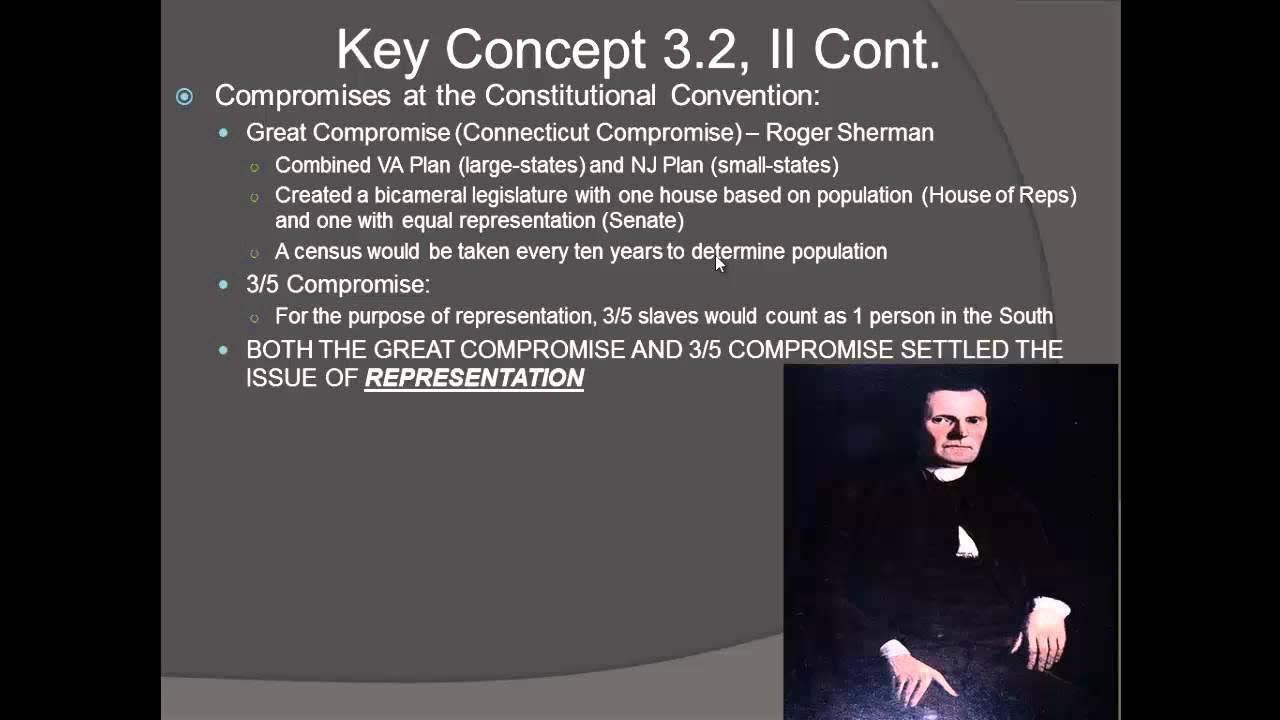The Development of AMERICAN Culture [APUSH Review Unit 4 Topic 9] Period 4: 1800-1848
Summary
TLDRIn this video, Heimler discusses the emergence of a distinct American culture between 1800 and 1848. The shift from Enlightenment rationality to Romanticism influenced art, architecture, literature, and philosophy. He highlights the Second Great Awakening, the rise of social reforms, and the transition to Greek and Roman revival architecture in Washington D.C. American authors like James Fennimore Cooper and Washington Irving contributed to the evolving literary scene, while the Hudson River School captured dramatic American landscapes. Transcendentalist thinkers, like Emerson and Thoreau, emphasized individualism and human perfectibility, further shaping the new American identity.
Takeaways
- 🇺🇸 The period from 1800-1848 saw the emergence of a distinctly American culture, moving away from European influences.
- 🌍 Enlightenment thinking, characterized by rationality, gave way to Romanticism, which emphasized emotion and human perfectibility.
- 🏛️ In architecture, American styles shifted from the British Georgian style to a revival of Greek and Roman architecture, as seen in Washington D.C. buildings like the Capitol.
- 📚 American literature during this period embraced Romanticism, with authors like James Fennimore Cooper and Washington Irving creating stories focused on the American landscape and experience.
- 📖 Noah Webster’s 1828 dictionary helped standardize American English, influencing schools and pronunciation across the country.
- 🎨 The Hudson River School artists emphasized the beauty of American landscapes, often focusing on the tension between nature and civilization, and prioritized emotion over accuracy.
- 🌲 Transcendentalism emerged as a uniquely American philosophy, emphasizing the beauty of nature, individualism, and the potential for human perfection. Key figures include Ralph Waldo Emerson and Henry David Thoreau.
- 🏞️ Thoreau's famous book 'Walden' documented his experiment of simple living in nature, reflecting Transcendentalist beliefs.
- 🏘️ Utopian communities, such as the Shakers and Oneida Community, arose during this period, focusing on communal living and social equality, though some had controversial practices.
- 🔄 The Second Great Awakening and various social reform movements, influenced by Romanticism and religious revival, were key components of this period, though they are discussed in separate videos.
Q & A
What major cultural shift occurred in America between 1800 and 1848?
-During this period, America developed a distinct culture that moved away from European influences, particularly the rational Enlightenment thought, towards Romanticism, which emphasized emotion, individualism, and the belief in human perfectibility.
How did Romanticism differ from Enlightenment thinking in America?
-Romanticism replaced the rationality and logical thinking of the Enlightenment with a focus on emotions, desires, and human perfectibility. It prioritized feeling over reason and influenced many areas of American culture, including art, literature, and philosophy.
What role did the Second Great Awakening play in American culture during this time?
-The Second Great Awakening was a significant religious movement influenced by Romanticism. It sparked widespread religious enthusiasm and social reforms, marking a shift in American religious and social life.
What architectural style became popular in America during this period, and why?
-Greek and Roman revival architecture became popular because Americans admired the democratic ideals of the ancient Greeks and Romans. This style is especially evident in buildings like the U.S. Capitol with its arches and dome.
How did American literature begin to develop its own identity during this period?
-By the 1820s, American authors like James Fennimore Cooper and Washington Irving began to infuse Romantic elements with uniquely American themes, such as the dangers and opportunities of the western frontier, as seen in Cooper's 'Last of the Mohicans.'
What was the significance of Noah Webster's American Dictionary of the English Language?
-Published in 1828, Webster's dictionary helped standardize spelling and pronunciation in American English, which played a key role in unifying the language used across the country.
What was the Hudson River School, and what themes did its artists explore?
-The Hudson River School was a group of American landscape painters who emphasized the beauty of the untouched American wilderness. Their Romantic works often portrayed dramatic scenes of nature while hinting at the negative effects of civilization's encroachment.
What was Transcendentalism, and who were its key figures?
-Transcendentalism was an American philosophical movement rooted in Romanticism, emphasizing nature's power, individualism, and the belief in human perfectibility. Ralph Waldo Emerson and Henry David Thoreau were key figures, with Thoreau famously writing 'Walden' about his experience living simply in nature.
What were utopian communities, and why were they formed during this period?
-Utopian communities were formed by people seeking to create ideal societies based on shared values, often inspired by the Romantic belief in human perfectibility. Examples include the Shakers, who emphasized communal property and celibacy, and the Oneida Community, which practiced communal marriage and child-rearing.
What lasting impacts did the Oneida Community have despite its controversial practices?
-The Oneida Community, known for its practice of communal marriage and shared property, managed to stay financially solvent by producing and selling high-quality silverware, which became a lasting symbol of the community.
Outlines

This section is available to paid users only. Please upgrade to access this part.
Upgrade NowMindmap

This section is available to paid users only. Please upgrade to access this part.
Upgrade NowKeywords

This section is available to paid users only. Please upgrade to access this part.
Upgrade NowHighlights

This section is available to paid users only. Please upgrade to access this part.
Upgrade NowTranscripts

This section is available to paid users only. Please upgrade to access this part.
Upgrade NowBrowse More Related Video

The SECOND Great Awakening [APUSH Review Unit 4 Topic 10] Period 4: 1800-1848

APUSH Unit 4 REVIEW [Period 4: 1800-1848]—Everything You NEED to Know

Developing an American identity, 1800-1848 | US history | Khan Academy

The SOCIETY OF THE SOUTH in the Early Republic [APUSH Review Unit 4 Topic 13] Period 4: 1800-1848

APUSH Review: Period 4: (1800 - 1844) In 10 Minutes!

APUSH Review: Key Concept 3.2 (Period 3)
5.0 / 5 (0 votes)